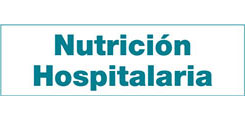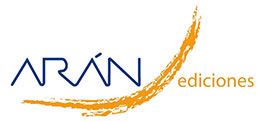Trabajo Original
Energy expenditure is associated with age, anthropometric indicators and body composition in children with spastic cerebral palsy
Jorge Abraham García Iñiguez, Edgar Manuel Vásquez-Garibay, Andrea Anaís García Contreras, Enrique Romero-Velarde, Rogelio Troyo Sanromán, Juan Hernández Rocha, Alejandro Rea Rosas, Silvia Monserrat Rodríguez León, Elvira Uribe Martínez
 Número de descargas:
6632
Número de descargas:
6632
 Número de visitas:
9173
Número de visitas:
9173
 Citas:
14
Citas:
14
Compártelo:
Introduction: proper estimation of energy requirements in children with cerebral palsy (CP) is essential in ensuring that their energy needs are optimally met.Objective: therefore, the purpose of this study was to demonstrate that resting energy expenditure (REE) and total energy expenditure (TEE) are associated with age, anthropometric indicators and body composition in children with spastic cerebral palsy.Methods: a cross-sectional study included 79 participants with spastic CP from 24 months to 16 years nine months. Weight and height (estimated by lower leg length) were obtained; body composition and energy expenditure were estimated by bioelectrical impedance analysis. ANOVA, post hoc tests, the Pearson correlation and determination coefficients (R2) were performed.Results: significant gradual increases according to age in REE and TEE (both in kcal/d) were observed. There were highly significant positive correlations between REE and TEE (kcal/d, kcal/cm/d) with fat-free mass (FFM) and fat mass (FM), but negative correlations between REE (kcal/ kg/d) with body composition and energy indicators. FFM and total body water, and to a lesser extent FM, explained a high percentage of the direct variability of REE and TEE in kcal/d and the inverse in kcal/kg/d.Conclusions: as age increased, energy expenditure also increased. The estimated energy expenditure in kcal/cm/d did not differ with age and sex. The estimated energy expenditure, based on height, would be a practical and reliable method for estimating energy expenditure and ensuring adequate nutritional status.
Palabras Clave:
Artículos más populares
Revisión: Inteligencia artificial generativa ChatGPT en nutrición clínica: avances y desafíos
ChatGPT y otras herramientas de inteligencia artif...
Revisión: Suplementación con micronutrientes y sus beneficios: ¿por qué y cuándo?
Introducción: los micronutrientes participan en la...
-
Licencia creative commons: Open Access bajo la licencia Creative Commons 4.0 CC BY-NC-SA
https://creativecommons.org/licenses/by-nc-sa/4.0/legalcode




